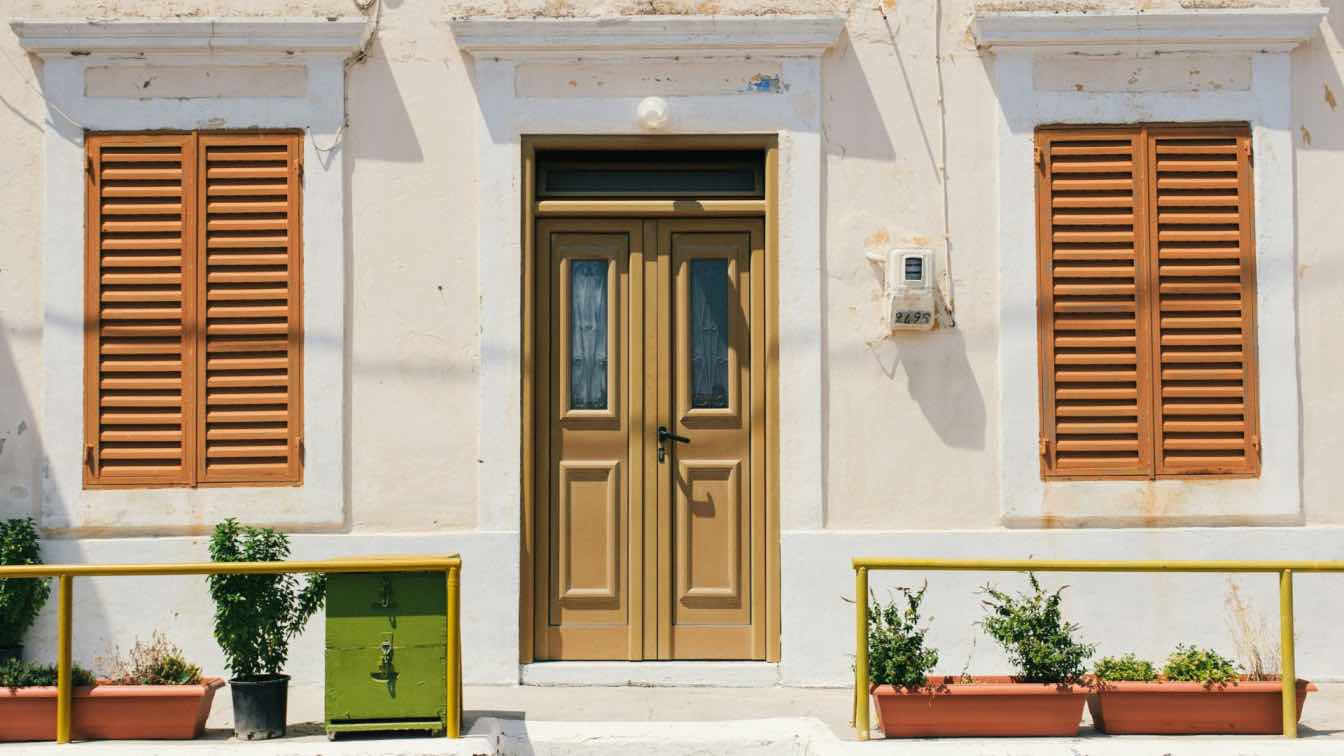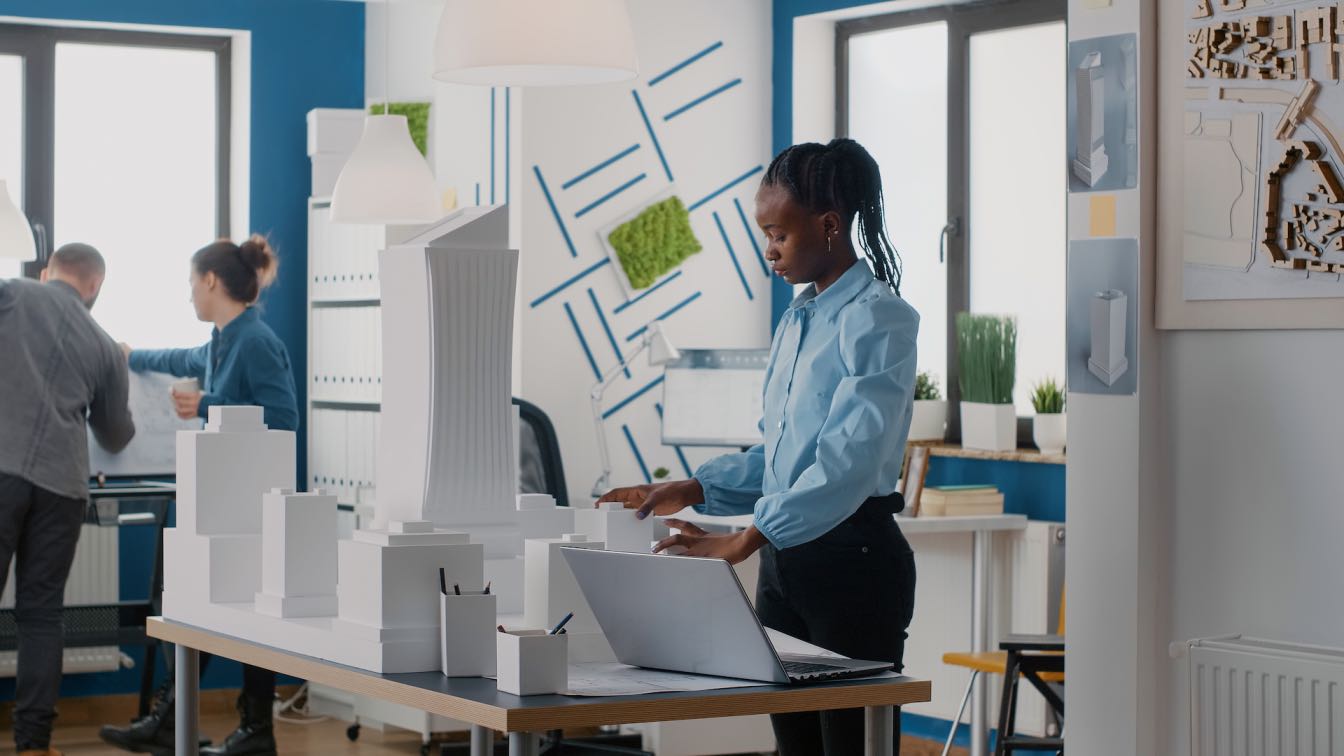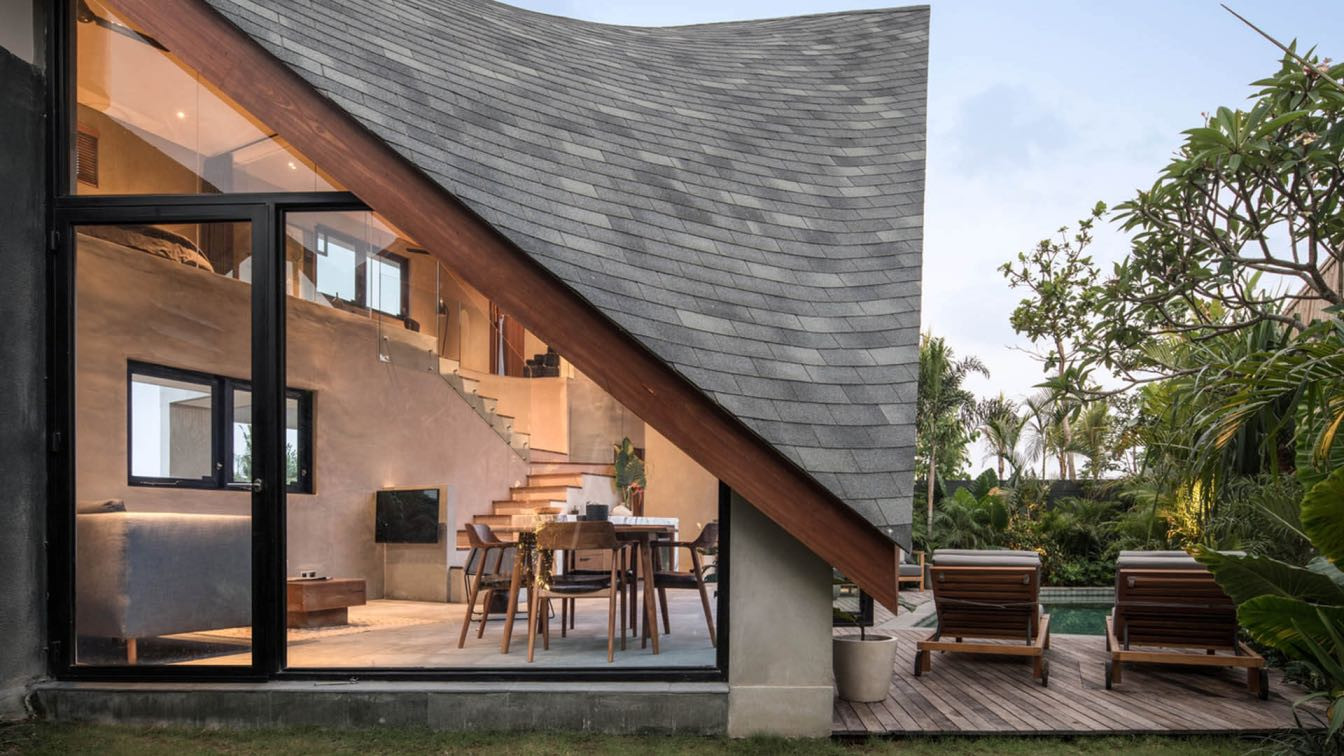The entrance of a home is more than just a doorway—it is the gateway to a homeowner’s personality, style, and values. A house’s façade is the first thing people see, shaping their perception before they even step inside. Whether grand and imposing or minimalistic and welcoming, the entrance creates a lasting impression on guests, neighbors, and potential buyers. Beyond aesthetics, it also serves functional purposes, from enhancing security to improving energy efficiency. This article explores why the façade and entrance play a crucial role in defining a home’s identity and how thoughtful design choices can elevate curb appeal.
1. The Power of First Impressions in Home Design
First impressions matter, and in the world of architecture and home design, they begin at the façade. The way a home presents itself to the world influences how it is perceived and experienced. An attractive, well-maintained façade signals warmth and elegance, whereas a neglected or outdated entrance might convey a lack of care.
Curb appeal—the visual attractiveness of a home as seen from the street—has a direct impact on real estate value. Studies show that homes with well-designed exteriors can command higher prices and sell faster. But beyond market value, a home’s entrance reflects the character of those who live inside. Whether through a bold color choice, intricate architectural details, or a charming pathway leading to the front door, the façade tells a story before anyone sets foot inside.
2. Architectural Elements That Shape a Home’s Identity
Several architectural components contribute to the identity of a home’s façade. The front door, for example, serves as the focal point of the entrance. A solid wooden door might convey tradition and strength, while a sleek glass or metal door suggests modernity and sophistication. Door hardware, from classic brass handles to smart locks, adds both aesthetic appeal and functionality.
Windows also play a critical role. Large, open windows can make a home feel airy and inviting, while smaller, shuttered windows evoke a sense of privacy and coziness. The choice of materials—brick, stone, wood, or stucco—further defines the character of a home, offering different textures and durability levels.
Additionally, elements like landscaping, outdoor lighting, and even the pathway leading to the entrance influence how welcoming a home feels. A well-lit entrance framed by greenery creates an inviting atmosphere, while a stark, unadorned façade might feel cold and unapproachable.
3. Family Name Signs: A Personalized Welcome to Your Home
One of the most distinctive ways homeowners personalize their entrance is through Family Name Signs. These signs serve as a symbolic gesture of ownership, heritage, and pride, welcoming visitors with a sense of identity and warmth.
Historically, name signs have been used to signify family lineage, with traditional plaques adorning the entrances of noble estates, townhouses, and countryside homes. Today, they remain a popular design element, reflecting personal style and adding a touch of character to any home’s façade.
Modern homeowners have various options when it comes to Family Name Signs. Elegant metal plaques, rustic wooden boards, or illuminated glass signs can match different architectural styles. Beyond aesthetics, these signs also improve wayfinding, making it easier for guests and delivery personnel to identify a home. Whether inscribed in classic cursive or a contemporary bold font, a name sign subtly reinforces the home’s personality while enhancing curb appeal.
4. Functional and Aesthetic Considerations for the Home Entrance
While the entrance should be visually appealing, it must also serve practical functions. A well-designed façade balances aesthetics with durability, security, and convenience.
Security is a crucial aspect of entrance design. Reinforced doors, high-quality locks, and smart access systems provide homeowners with peace of mind. Additionally, features like motion-activated lights and security cameras integrated seamlessly into the entrance can deter unwanted visitors while maintaining a stylish exterior.
Weather protection is another factor. In areas with extreme climates, covered porches, overhangs, and wind-resistant doors help shield the entrance from harsh weather conditions. Materials must also be chosen wisely—weather-resistant wood, rust-proof metal, or treated stone can enhance both durability and beauty.
Aesthetic considerations, such as symmetry and proportion, play a key role in making an entrance feel balanced and harmonious. Architectural details like columns, archways, or decorative trim can add elegance, while minimalist designs create a sleek and modern look.
5. Enhancing Curb Appeal: Small Changes with Big Impact
Transforming a home’s entrance does not always require major renovations. Simple upgrades can significantly enhance curb appeal and refresh the overall look of a façade.
One of the easiest ways to revamp an entrance is by repainting the front door. Bold colors like deep blue, emerald green, or classic red can make a strong statement, while neutral tones exude timeless elegance. Upgrading house numbers, replacing outdated door handles, and adding a stylish doormat can also refine the entrance’s appearance.
Greenery plays a vital role in softening the exterior. Potted plants, climbing vines, or neatly trimmed hedges add a natural, welcoming touch. Proper lighting, whether through elegant sconces, pendant lamps, or pathway lights, further enhances the entrance’s charm, making it both inviting and safe.
A well-maintained driveway and walkway also contribute to a home’s overall aesthetic. Cracked pavement or uneven pathways can detract from the entrance’s appeal, while well-paved surfaces, decorative tiles, or stone pathways elevate the home’s exterior design.
6. Cultural and Psychological Aspects of Home Entrances
Across different cultures, home entrances hold deep symbolic meaning. In feng shui, for example, the front door is considered the "mouth of qi," where energy flows into a home. A clutter-free, well-lit entrance is believed to attract positive energy and prosperity.
In European architecture, grand entrances with large doors, intricate carvings, and elaborate ironwork symbolize hospitality and social status. Mediterranean-style homes often feature courtyards that create a seamless transition between outdoor and indoor spaces, reflecting a lifestyle centered around communal living.
The psychological impact of an entrance is equally important. A warm, inviting façade fosters a sense of comfort and belonging, while a neglected or unwelcoming exterior can evoke feelings of unease. This is why businesses, hotels, and luxury homes invest heavily in entrance design—it sets the mood and expectation for what lies beyond the door.
Conclusion
A home’s façade and entrance are more than just architectural features—they define identity, influence first impressions, and impact the overall aesthetic and functional value of a home. Whether through carefully selected materials, personalized Family Name Signs, or strategic lighting and landscaping, homeowners have countless ways to enhance their entrance. By blending style, security, and personal touches, they can create a façade that is not only visually stunning but also a true reflection of the life and personality within.





